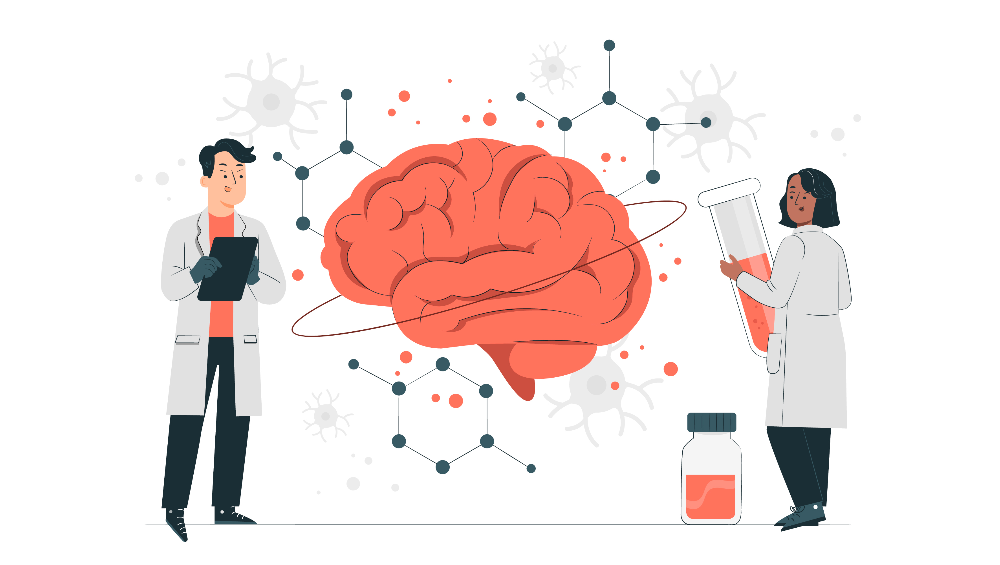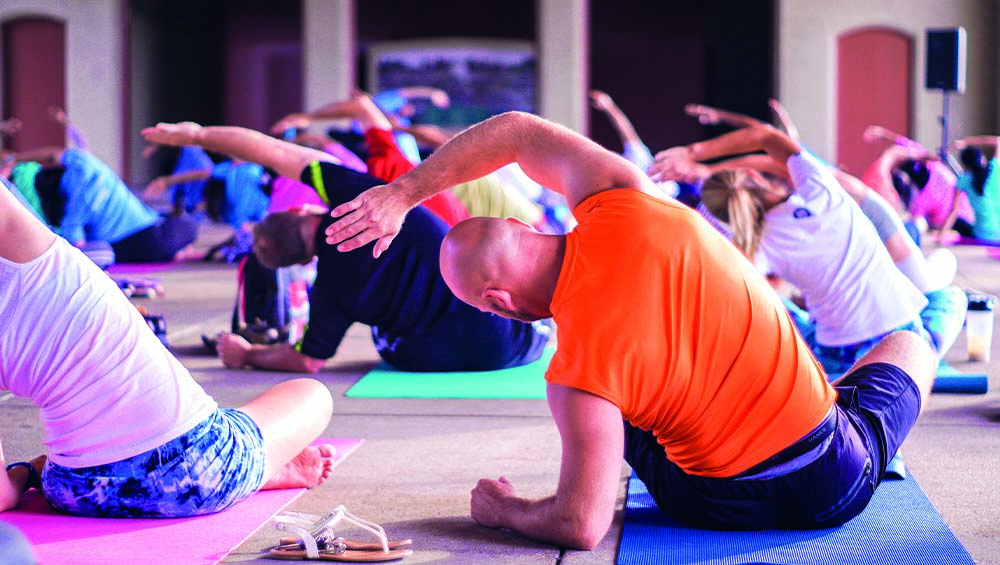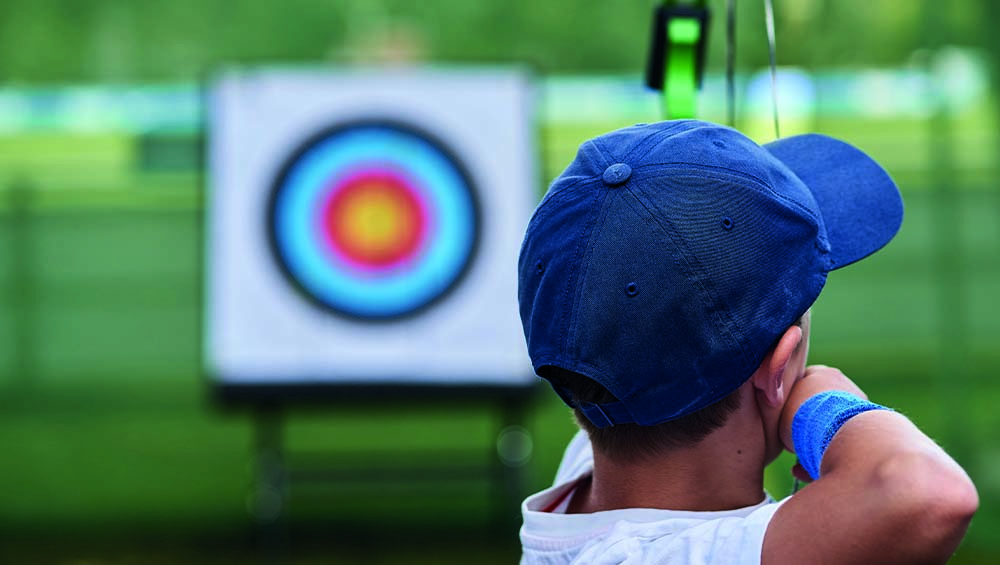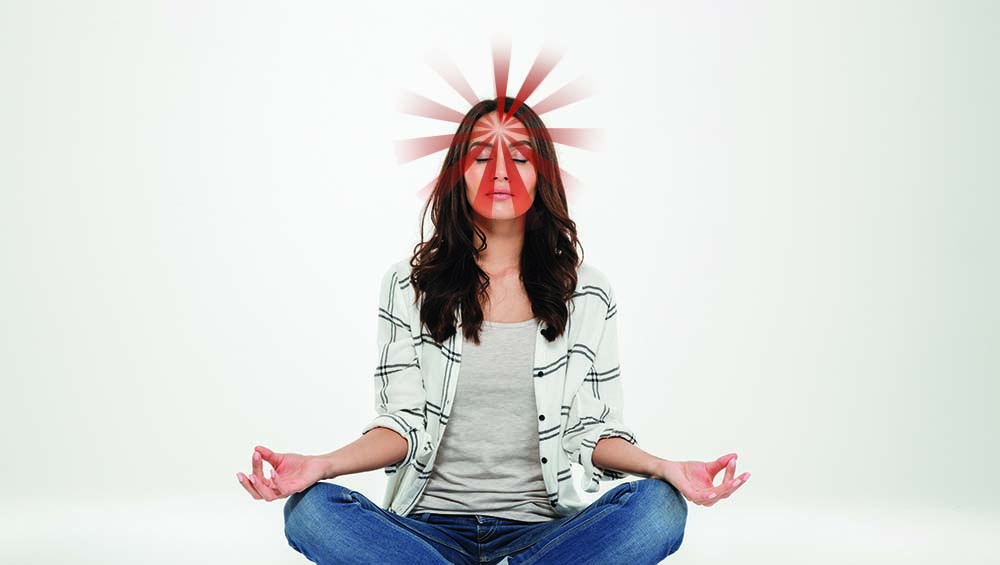No products in the cart.
Significance of CBD in the Yoga-Ayurvedic World
The ancient Indian system of medicine called Ayurveda describes CBD (which is one of the main chemical component of Marijuana or Cannabis) as Vijaya (Sanskrit) and explains it as “nectar or poison” simultaneously according to how one uses it. Even though Yoga and Ayurveda have been practiced as long as civilization existed, their biological foundation has largely not been altered. Yoga and Ayurveda both continue to encourage inner consciousness, just as they did before. But because of recent advances in science, we’ve learned that Ayurveda, CBD and Yoga can offer real health advantages for the body. Cannabis or Marijuana is known to have different influences on different parts of the body and it is because of its therapeutic impact on our body that led to the trend of weed yoga classes.
The Value of CBD
The endocannabinoid system, a complex network of neurotransmitters, matching receptors, and enzymes; that affects body functions, holds the key to comprehending the potential benefits of CBD.
When researchers started looking into the effects of cannabinoids like CBD and THC; they found that nearly all animals including humans naturally create chemicals comparable to these.

Anandamide is the most well-known of these naturally occurring endocannabinoids; its name comes from the Sanskrit word for happiness or bliss and it is what causes the well-known “runner’s high” that comes after a tough workout.
Additionally, it is necessary for fostering and preserving homeostasis, controlling inflammation, and affecting neuron signaling. There is even proof that several common illnesses are caused by what is known as “endocannabinoid deficiency syndrome.”
It’s interesting to note that plants other than cannabis also have substances that interact with our endocannabinoid system. The same receptors are also activated by several other foods and plants popular among enthusiasts and others interested in natural health; such as turmeric, cinnamon, clove, lemon balm, black pepper, cacao, maca, kava kava, and nutmeg.
How does CBD benefit people who do yoga?
Here are just a few expectations that CBD could offer to the enthusiasts of all levels:
- improved adaptability
- slumped inflammatory response
- heightened inner perception
- prompt recovery of muscles
- boosted mental-physical connection
- intense concentration.
CBD Adaptation in Yoga
Yoga techniques may be physically taxing, particularly if performed poorly; they inflict stress on tendons and ligaments.

The natural stretching in yoga can be intense. It appears that physically transcending one’s environment may be necessary in addition to cognitively transcending it. However, it has been demonstrated that stretching stimulates endocannabinoid receptors(ECS) in the muscles and fascia. More cannabis engagement may be possible due to increased receptor activation. Yoga demands the body to adapt with increasing flexibility, fluidity and suppleness even during the most-subtle of transitions. Yoga calls for excellent proprioception knowledge of body alignment as well as solid balance.
Here are the summary of the advantages of CBD for muscle repair, which will be detailed in future articles:
- enables muscular tissue to relax
- might ease muscular discomfort
- reduce muscular tissue inflammation
- improves satellite cell differentiation
- promotes protein synthesis by lowering cortisol
Reduces Inflammation
CBD is known to reduce inflammation. We are all aware of how horrible it is to suffer from chronic inflammation that affects our overall health and pain levels, etc. It can get hectic! It’s not that easy.

Inflammation is beneficial in moderation. Especially when it is employed to tell the immune system that a little additional help is required. When everything is in order, inflammation sets off a series of hormonal reactions that enables inflamed tissues to recuperate and mend appropriately. Like everything else, the body does it inherently.
A versatile and anti-inflammatory CBD, has often been demonstrated to lessen inflammation where it is most needed, in places like brain, painful areas, tired and sore muscles, tendons and joints. However, CBD doesn’t completely stop inflammation. As we previously stated, inflammatory reactions are advantageous for yoga as well as muscle repair and injury prevention. Inflammation shortens the healing process by eliminating metabolic waste and supplying the region with new, nutrient-rich blood flow. Only when the inflammatory process lasts for a lengthy period; local tissue begins to suffer. This way CBD is known to modulate inflammation and thereby bring about homeostasis.
Improves Body Awareness
Yoga’s capacity to assist the perception and awareness of the body is one of its many admirable qualities. But since we’ve previously discussed that; let’s focus on CBD and how it could further improve self-awareness. This section contains some theoretical information that we believe is necessary.

You may already be aware that physical activity increases levels of endocannabinoids like anandamide, which is considered to be contributing to feeling like the “runner’s high”.
It has been demonstrated that CBD raises anandamide levels by blocking the FAAH enzyme, which is known to break down anandamide.
Although the function of this system is quite ambiguous, what does this signify in terms of bodily perception?

Vanilloid receptors(TRPV1) are crucial for humans because they interfere in how one feels pain and inflammatory response to the injury. Our body utilizes pain to evaluate the risk to the body; it alerts us when we could overstretch or misalign ourselves during yoga practice and possibly end up injuring our joints or muscles. CBD is known to interact with these receptors and modulate them and thus theoretically, the above-said problem that may arise while practicing yoga can be prevented or well tolerated by consuming CBD orally or even by topical applications.
Improves Concentration & Focus
Of course, yoga is more than just learning to listen to your body. That’s just half a solution since improving your inner awareness also requires the stifling of distractions that lies from the outside world. People who indulge in both Yoga and Ayurvedic practices are more likely to get psychological privileges from these ancient practices.

National Institutes of Health 2018 published a research paper which stated and indicated the aspect of consumption of CBD and the way it heightens mental sharpness and bolsters mental well-being, which is followed up by the proliferation of the number of neurons in the brain.
CBD interacts with the biological endocannabinoid system of our body, which play a significant role in coherent to supervise our remembrance, immunity, enhancing the sleep rhythm, dropping off yoga or workout-generated inflammation, periodic anxiety attacks, and wiping out everyday stress. These facets if not taken care would preoccupy or weaken our capacity to concentrate and focus in day-to-day life. Full spectrum CBD is known to be highly beneficial in such cases.
Bottom Line
A daily yoga practice and CBD intake is ideal to improve health, concentration and focus on our day-to-day life. Whether you’re a novice to yoga or a real expert in the age-old discipline, simultaneously consuming prescribed CBD supplements surely helps you to enhance your physical, psychological and spiritual well-being.
CBD isn’t a panacea, and there are many other strategies you should utilize to fully maximize the windfalls of yoga and intake of CBD supplements might be a helpful tool for enhancing the overall well-being and concentration or focusing, memory enhancement, equilibrium of emotions, so on.

Overall CBD is an epitome of neurological, musculoskeletal and psychological relievers. That’s why CBD in yoga will help to increase the mind-body connection through ECS, promote local ECS activation in muscle tissue, reduce inflammation, improve yoga transformation, and boost blood circulation in the hippocampus of the brain which impacts all the psychological advancement resulting in eloquent concentration, memory and strong focus.





Leave a Reply